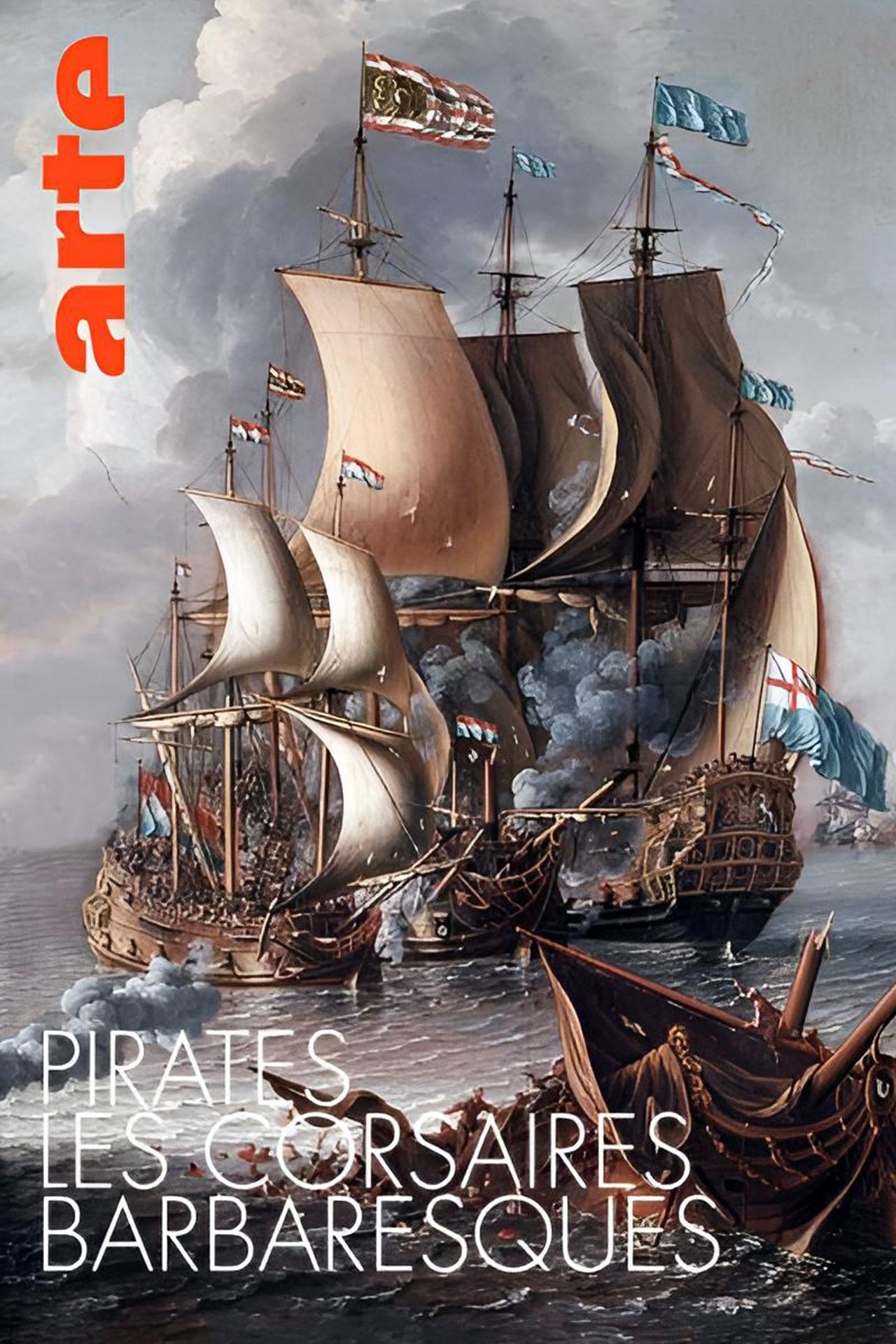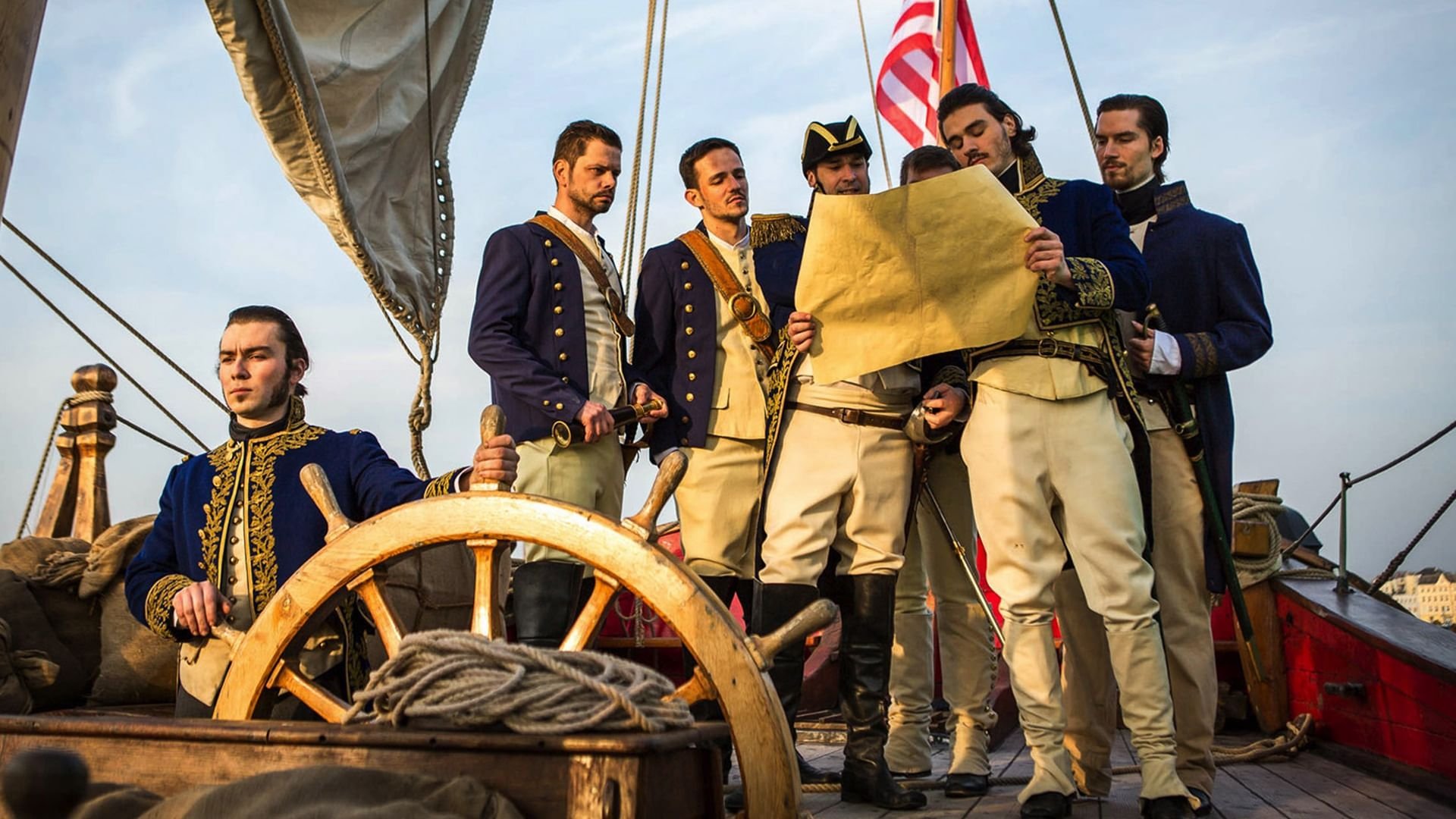
In the 18th century, the Barbary threat became serious. In July 1785, two American boats were returned to Algiers; In the winter of 1793, eleven American ships, their crews in chains, were in the hands of the dey of Algiers. To ensure the freedom of movement of its commercial fleet, the United States was obliged to conclude treaties with the main Barbary states, paying considerable sums of money as a guarantee of non-aggression. With Morocco, treaty of 1786, 30,000 dollars; Tripoli, November 4, 1796, $56,000; Tunis, August 1797, 107,000 dollars. But the most expensive and the most humiliating was with the dey of Algiers, on September 5, 1795, “treaty of peace and friendship” which cost nearly a million dollars (including 525,000 in ransom for freed American slaves). , with an obligation to pay 20,000 dollars upon the arrival of each new consul and 17,000 dollars in annual gifts to senior Algerian officials...
في القرن الثامن عشر أصبح التهديد البربري خطيرًا. في يوليو 1785، أُعيد زورقين أمريكيين إلى الجزائر العاصمة؛ في شتاء عام 1793، كانت إحدى عشرة سفينة أمريكية، وأطقمها مقيدة بالسلاسل، في أيدي داي الجزائر. ولضمان حرية حركة أسطولها التجاري، وجدت الولايات المتحدة نفسها مضطرة إلى إبرام معاهدات مع الدول البربرية الرئيسية، ودفع مبالغ كبيرة من المال كضمان لعدم الاعتداء. مع المغرب، معاهدة 1786، 30 ألف دولار؛ طرابلس، 4 نوفمبر 1796، 56 ألف دولار؛ تونس غشت 1797 107.000 دولار. لكن الأغلى والأكثر إذلالاً كان مع داي الجزائر، في 5 سبتمبر 1795، "معاهدة السلام والصداقة" التي كلفت ما يقرب من مليون دولار (بما في ذلك 525 ألف فدية للعبيد الأمريكيين المحررين، مع الالتزام بدفع 20 ألف دولار). دولار عند وصول كل قنصل جديد و17 ألف دولار هدايا سنوية لكبار المسؤولين الجزائريين...
Status :
Released
Country : DE
Original language : de
there are no streaming services currently available for this in your country
7.7 /10

7.7 /10
| Movie Cast























